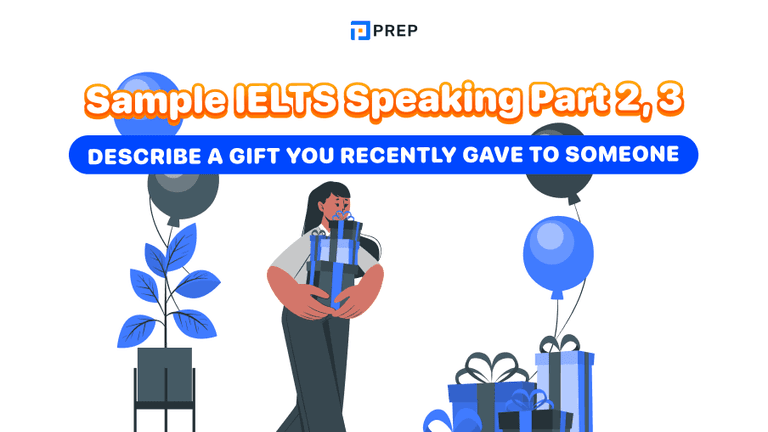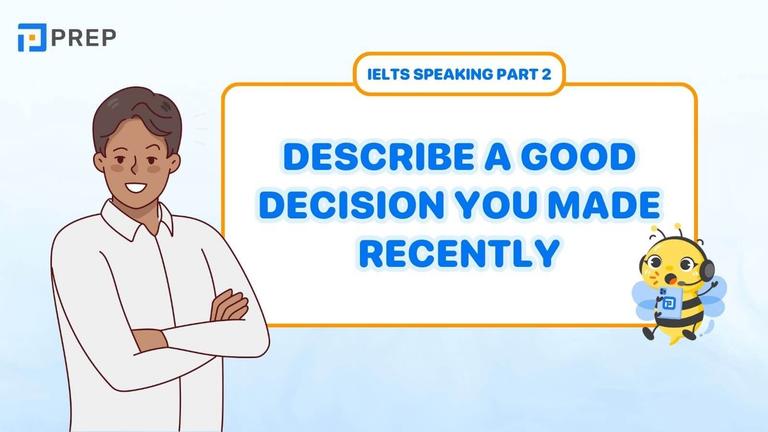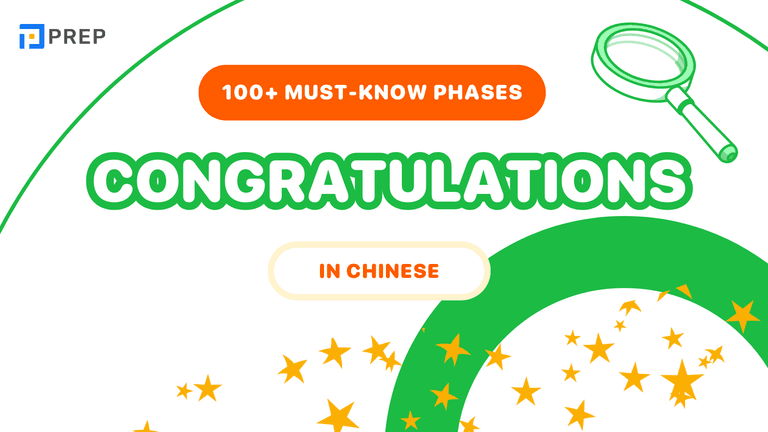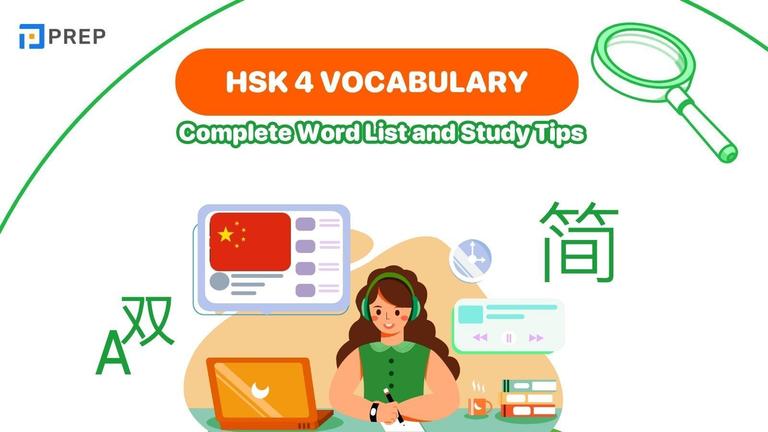Skimming and Scanning: Mastering Essential Speed Reading Techniques
This text provides a comprehensive guide to two essential speed reading techniques—skimming and scanning—that enable readers to manage vast amounts of information efficiently. Skimming is highlighted as a method for grasping the main ideas and overarching structure of a text, while scanning targets specific information such as dates, names, or keywords. Practical step-by-step instructions show how to set reading goals, identify text features, and systematically move through materials to save time and energy. The content further emphasizes how combining both techniques optimizes productivity in academic, professional, and everyday reading contexts.
- I. Understanding Skimming and Scanning: Foundations for Efficient Reading
- II. Skimming vs. Scanning: The Critical Differences
- III. The 'Why': Key Benefits of Using Skimming and Scanning
- IV. Mastering the Art of Skimming: How to Read for the Gist
- V. Mastering the Art of Scanning: How to Find Specifics Quickly
- VI. Applying Your Skills: When to Skim and When to Scan
- VII. Real-World Application: Skimming and Scanning Examples
- VIII. Deepening Your Expertise: Advanced Insights and FAQs
- IX. Conclusion
I. Understanding Skimming and Scanning: Foundations for Efficient Reading
In today's information-rich world, the ability to process text quickly and effectively has become an invaluable skill. At the heart of efficient reading lie two fundamental techniques: skimming and scanning. These powerful approaches allow you to navigate through vast amounts of text strategically, extracting exactly what you need without wasting precious time. Whether you're a student facing mountains of research papers, a professional managing an overflowing inbox, or simply someone who wants to consume more content in less time, mastering these techniques will transform your reading efficiency.
Skimming is the process of rapidly moving your eyes over text to grasp the main ideas and overall theme without reading every word. When skimming, you focus on structural elements like headings, subheadings, topic sentences, and emphasized text to capture the essential message or argument being presented.
Scanning involves quickly searching through text to locate specific pieces of information such as names, dates, statistics, or keywords. When scanning, you deliberately ignore everything except the particular details you're seeking, allowing you to extract targeted information from even lengthy documents.
II. Skimming vs. Scanning: The Critical Differences
- Skimming aims to develop a general understanding of the text's content and main arguments. The goal is to answer: "What is this about?" In contrast, scanning focuses on finding specific information or facts, addressing questions like: "Where is this particular detail?"
- When skimming, you follow a structured overview path, examining titles, headings, first and last paragraphs, and first sentences of body paragraphs. With scanning, you employ a targeted search pattern, moving your eyes rapidly across text looking specifically for predetermined information.
- Skimming requires absorbing and synthesizing main concepts and arguments to form an overall impression. Scanning involves pattern recognition—training your brain to quickly identify specific words, phrases, or data formats while filtering out everything else.
- The outcome of skimming is a general impression or summary of the text's content and purpose. Scanning results in the location of a specific piece of information that can be extracted for immediate use.
III. The 'Why': Key Benefits of Using Skimming and Scanning
- Significant Time Savings: These techniques dramatically reduce reading time compared to word-by-word reading. What might take an hour to read thoroughly can often be skimmed in 5-10 minutes or scanned in even less time when looking for specific information, making these approaches essential in our time-constrained world.
- Effective Information Filtering: Skimming and scanning serve as excellent filtering mechanisms for dealing with information overload. They allow you to quickly determine which texts deserve your full attention and which can be set aside, helping you manage large volumes of material efficiently.
- Improved Study and Research Habits: These techniques revolutionize academic work by enabling efficient literature reviews, quick text previews before deep reading, and rapid location of specific evidence to support arguments. Students who master skimming and scanning can cover more material and identify relevant sources much faster.
- Enhanced Performance in Timed Situations: From standardized tests to time-sensitive workplace scenarios, the ability to quickly extract information provides a significant advantage. These skills are particularly valuable on exams with reading comprehension sections or when needing to quickly digest reports before important meetings.
IV. Mastering the Art of Skimming: How to Read for the Gist
1. Setting Your Skimming Goal: Know What You Need
Before you begin skimming any text, establish a clear purpose for your reading. Ask yourself what specifically you need to learn: Are you determining if this material is relevant to your research? Are you trying to grasp the main argument? Are you seeking to understand the general structure? Having a defined objective focuses your attention on the most valuable elements and prevents getting sidetracked by interesting but non-essential details.
2. The Skimming Method: A Step-by-Step Guide
- Begin by reading the title, all headings, and subheadings to understand the text's organizational structure and main topics. These elements are deliberately designed to summarize content and reveal the logical flow of information. Pay particular attention to how headings relate to each other, as this reveals the text's conceptual framework and argument progression.
- The introduction typically contains the thesis statement, purpose, or main argument of the entire piece. Reading this section carefully provides critical context and prepares your mind to recognize important related points throughout the rest of the text. Look specifically for sentences that begin with phrases like "This article examines..." or "The purpose of this study is..."
- The first sentence of each paragraph typically presents the main idea that the rest of the paragraph develops. Moving through the text reading only these topic sentences gives you a streamlined version of the full argument or narrative. If a paragraph seems particularly relevant to your purpose, you might read the last sentence as well, which often concludes or transitions to the next idea.
- Pay special attention to text that stands out visually: bold or italicized words, bulleted lists, charts, graphs, or highlighted sections. Authors and editors use these formatting tools to emphasize important concepts or data. Similarly, notice repeated terms, specialized vocabulary, or names that appear frequently, as these often signal key concepts.
Conclusions typically summarize main points, restate the thesis, or present final thoughts on the topic. Reading this section completely gives you confirmation of what you've gathered from skimming and might reveal important implications or calls to action that weren't evident earlier. Look for phrases like "In conclusion," "To summarize," or "Therefore" that signal important summary information.
3. Tips for Effective Skimming Practice
Developing your skimming ability requires deliberate practice and refinement. Push yourself to read faster than feels comfortable initially, focusing on extracting meaning rather than hearing each word in your head. Avoid subvocalizing (silently pronouncing each word) as this dramatically slows your reading speed. Practice regularly on various materials—news articles, textbook chapters, reports—to build versatility. Remember that different text types may require adjustments to your skimming approach, and with consistent practice, you'll develop an intuitive sense for how to adapt.
V. Mastering the Art of Scanning: How to Find Specifics Quickly
1. Setting Your Scanning Target: Know Exactly What You Seek
Successful scanning begins with crystal clear identification of your target information. Before you start, precisely define what you're looking for—a specific name, date, statistical figure, definition, or phrase. The more clearly you can visualize your target, including its likely format or context, the more efficiently you'll recognize it when your eyes pass over it. This mental preparation significantly increases scanning speed and accuracy.
2. The Scanning Method: A Step-by-Step Guide
- Before beginning your search, firmly fix the exact word, phrase, number, or pattern you're seeking in your mind. If searching for "photosynthesis rate," create a clear mental image of how these words appear on a page. This mental template acts as a filter, helping your brain quickly recognize the target when it appears while filtering out irrelevant information.
- Develop a systematic movement pattern for your eyes—straight down the center of the page, in a zigzag pattern, or in an S-shape—depending on the text format. Move quickly, letting your peripheral vision capture chunks of text rather than individual words. This broader vision allows you to cover more territory faster while still being able to catch your target information when it appears.
- Be alert to formatting and content patterns that might signal your target information. If searching for names, look for capitalized words; for dates, watch for number patterns; for definitions, notice phrases like "is defined as" or "refers to." Additionally, look for text features like bold terms, boxed content, or numbered lists that often contain key information that might include your target.
- When you spot something that resembles your target or a potential indicator of its presence, pause your rapid movement and read that section more carefully. Once you've either confirmed it's what you're looking for or determined it's not relevant, immediately resume your rapid scanning pattern. This disciplined approach prevents getting distracted by interesting but irrelevant content.
- Leverage the organization of the material to scan more efficiently. Use tables of contents, indexes, chapter summaries, sidebars, and appendices to pinpoint where your target information is most likely to appear. In digital texts, utilize search functions when available, but maintain your scanning skills for printed materials or situations where electronic searching isn't possible.
3. Tips for Effective Scanning Practice
To develop expert scanning abilities, practice using tools that guide your eyes, such as a finger, pen, or card moved down the page to maintain pace and focus. Relax your gaze slightly to expand peripheral vision rather than tensely focusing on each word. Create scanning exercises for yourself: try finding specific information in phone books, dictionaries, schedules, or news articles while timing yourself. With regular practice, your scanning speed will increase dramatically while maintaining or even improving accuracy.
VI. Applying Your Skills: When to Skim and When to Scan
Knowing which technique to apply in different situations is crucial for maximizing your reading efficiency. Each approach serves distinct purposes, and choosing the right tool for each reading task will significantly enhance your productivity and effectiveness.
1. Choosing Skimming: Scenarios for Getting the Overview
The following situations represent ideal opportunities to employ your skimming skills, allowing you to quickly grasp essential content without committing to full, detailed reading. When researching a topic, you'll often encounter numerous potential sources. Skimming allows you to quickly evaluate whether a book, article, or report contains information relevant to your needs before investing time in thorough reading. This initial assessment can save hours of reading material that ultimately doesn't serve your purpose.
When revisiting content you've previously read in detail—such as before an exam or meeting—skimming helps reactivate your knowledge efficiently. Rather than re-reading every word, skimming refreshes your memory of the main points and structure, reinforcing your grasp of the material in a fraction of the time.
For material that's interesting but not essential to your work or studies, skimming provides a satisfying middle ground between ignoring it completely and reading it thoroughly. News articles, industry updates, or general interest publications can be skimmed to stay informed without dedicating excessive time.
2. Choosing Scanning: Scenarios for Locating Details
These situations call for the targeted precision of scanning, when you need specific information rather than general understanding. When you need particular statistics, dates, formulas, or quotes for a report or presentation, scanning allows you to locate this precise information quickly without reading entire documents. This is especially valuable when you know the information exists in the text but don't recall exactly where.
Dictionaries, encyclopedias, indexes, and directories are designed to be scanned rather than read completely. When consulting these resources, efficient scanning skills allow you to navigate alphabetical or categorical organizations to pinpoint exactly what you need.
When approaching text with definite questions in mind—whether for a homework assignment, workplace task, or personal inquiry—scanning helps you target answers directly. This focused approach is particularly effective for test preparation when reviewing material for specific types of information that might appear on exams.
3. Combining Skimming and Scanning for Maximum Efficiency
In real-world reading situations, these techniques often work most powerfully in tandem rather than in isolation. A common and highly effective approach is to begin with skimming to identify relevant sections of a text, then switch to scanning within those sections to locate specific details. For example, when researching a topic, you might skim several chapters to identify which ones address your subject, then scan those specific chapters for key statistics or examples. This strategic combination allows you to navigate even extensive materials with remarkable efficiency, extracting precisely what you need without wasting time on irrelevant content.
VII. Real-World Application: Skimming and Scanning Examples
Understanding these techniques in theory is valuable, but seeing them applied to concrete situations helps solidify how to implement them effectively. The following examples demonstrate skimming and scanning in typical everyday scenarios.
Example 1: Skimming a Business Report
Imagine you've received a 30-page quarterly business report and need to grasp the main findings quickly before a meeting in 15 minutes. Begin by reading the executive summary thoroughly, then examine all section headings to understand the report's structure. For each section, read the first paragraph completely and the first sentence of subsequent paragraphs. Pay special attention to any charts, graphs, or highlighted recommendations. Finally, read the conclusion section in full. Within 10 minutes, you've captured the report's key findings, trends, and recommendations—enough to participate meaningfully in the upcoming discussion while knowing which sections merit closer reading later.
Example 2: Scanning a Website for Contact Information
You need to reach a company's customer service department quickly. After navigating to their website, immediately look for common location patterns for contact information: the top navigation bar (for a "Contact" link), the page footer, or a sidebar menu. Rather than reading content sections, your eyes rapidly move to these specific areas, looking for distinctive patterns like phone number formats (xxx-xxx-xxxx), email addresses (containing @ symbols), or text like "Contact Us" or "Customer Support." Within seconds, you've located the needed information without reading any of the website's primary content about products or services.
Example 3: Using Both Techniques on an Academic Paper
When researching for a term paper, you encounter a potentially relevant 20-page journal article. First, skim to assess relevance by reading the abstract completely, examining section headings, and reading the introduction and conclusion. This confirms the article contains valuable information for your project. Now, you scan specific sections for the data you need—moving quickly through the methodology section looking for participant numbers and demographic information, then scanning the results section for statistical findings related to your specific research question. This combined approach allows you to extract precisely the information you need while understanding enough context to use it appropriately—all without reading the entire article word-by-word.
VIII. Deepening Your Expertise: Advanced Insights and FAQs
As you develop your skimming and scanning abilities, certain questions naturally arise about how these techniques relate to other reading approaches and how to refine your practice. The following insights address common questions and misconceptions.
1. How do skimming and scanning relate to speed reading?
Skimming and scanning are specific techniques that fall under the broader umbrella of speed reading, but they aren't synonymous with it. Speed reading encompasses a variety of methods aimed at increasing reading rate while maintaining comprehension, including reducing subvocalization, expanding peripheral vision, and chunking text. Skimming and scanning are specialized applications focused on specific purposes—getting the gist or finding particular information—rather than accelerated comprehensive reading. They serve as valuable components within a well-rounded speed reading toolkit but represent strategic approaches to specific reading needs rather than general-purpose reading methods.
2. What distinguishes skimming from merely 'previewing'?
While these terms are sometimes used interchangeably, skimming is a more structured and purposeful process than previewing. Previewing typically involves a brief, somewhat random glance at parts of a text to get a first impression. Skimming, by contrast, follows a systematic methodology—examining specific structural elements in a particular order to efficiently extract main ideas and arguments. In practice, effective previewing often employs skimming techniques, but skimming represents a more developed skill with defined steps rather than a casual initial look. The distinction lies primarily in the level of structure and intentionality applied to the process.
3. Is complete comprehension the goal when skimming?
No, complete comprehension is explicitly not the goal of skimming. Skimming deliberately trades depth of understanding for speed and breadth, focusing on capturing main ideas rather than details. This approach typically yields approximately 40-60% comprehension—sufficient to grasp general concepts and arguments but missing nuances and supporting evidence. This partial understanding is an intentional compromise that serves valuable purposes in appropriate situations. The key is recognizing when this level of comprehension is adequate for your needs and when more thorough reading is necessary.
4. What are common mistakes to avoid when practicing these techniques?
Even experienced readers can fall into several pitfalls when applying skimming and scanning:
-
Getting caught in details when skimming—beginning with good intentions but slipping into reading interesting sections fully, defeating the purpose of rapid overview
-
Scanning without a clearly defined target, leading to unfocused eye movements and missed information
-
Applying skimming or scanning habitually to all reading material without considering whether the content requires more thorough reading
-
Being too rigid in technique application rather than adapting to different text structures and formats
-
Not practicing consistently enough to develop the eye movements and mental focus these techniques require
IX. Conclusion
Skimming and scanning are crucial reading techniques that help navigate information efficiently. Skimming helps grasp main ideas quickly, while scanning locates specific details, allowing for strategic text processing instead of word-by-word reading. These skills require consistent practice across diverse materials and develop gradually. Following step-by-step methods while increasing speed builds confidence and enhances information processing capabilities. These techniques extend beyond academic settings into everyday information management—from emails to research—providing lifelong advantages in processing information effectively and efficiently.
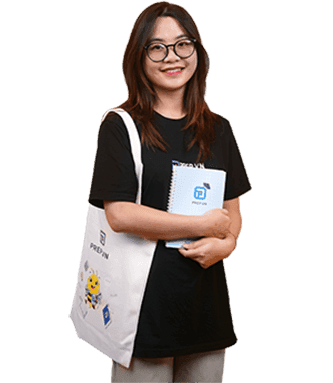
Hi I'm Chloe, and I am currently serving as an Product Content Administrator at Prep Education. With over five years of experience in independent online IELTS study and exam preparation, I am confident in my ability to support learners in achieving their highest possible scores.
Comment
Premium content
View allPersonalized roadmap
Most read


